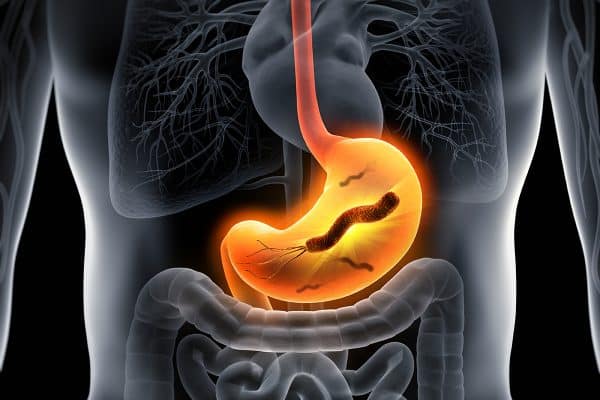- Research
-
YOU ARE
- Community member
- Future Student
- Student
- Professor
- Alumni
- Media
- Guidance counsellors
- INRS retiree
- Contact Us
- Newsroom
- Careers
- FR
-
Studies
We teach the next generation of researchers to develop scientific, social, and technological innovations.
-
Research
We find solutions through interdisciplinary research and industry or public and community partnerships.
-
INRS
We play an active role in Québec's economic, social, and cultural development.
Professor Jonathan Perreault’s lab at Institut National de la Recherche Scientifique (INRS) is working on a new way to detect the virus behind COVID-19 directly in the field. This innovative method would require no fancy equipment or laboratory, in contrast to current tests.
“Our detection device could be used in schools and businesses, enabling immediate follow-up on site,” says Jonathan Perreault, a microbiology researcher at INRS. A simple change of colour would show whether the virus were present.
“We’ve already completed a proof of concept with DNA sequences equivalent to the flu virus. Now we’re adapting the procedure for COVID-19,” explains Dr. Perreault. “We’ve already identified genetic sequences for targeting the different strains of this coronavirus.” The research project received a two-year, €98,000 grant from the Institut Pasteur International Network Coronavirus Task Force.
Professor Jonathan Perreault
Before rolling out their new instrument, the research team needs to fine-tune detection. “Is the colour change clear? What viral load can the device detect? Ideally we would like to be able to detect people who are still asymptomatic. We’re also trying to reduce the sample processing steps, such as RNA extraction,” says Dr. Perreault.
The test will be fine tuned with human coronaviruses similar to SARS-CoV-2 in structure but not in infectiousness. For this part of the project, Dr. Perreault is collaborating with Professor Pierre Talbot from INRS and with Marc Desforges, his former research associate, now a medical biology specialist in the virology lab at CHU-Sainte-Justine in Montréal. Next, Dr. Perreault’s lab will test the detection method on cultured SARS-CoV-2 virus from the lab of Laurent Chatel-Chaix, and on samples from patients with COVID-19. The goal is to have an initial version of the test to detect 100,000 virus particles or less. Dr. Perreault expects to achieve that goal within six months.
To make the detection process even faster and more sensitive, Dr. Perreault is collaborating with Professor Ana Tavares, an electrochemistry specialist. Together they are developing electrodes that will capture the virus’ DNA sequence. “The idea is to put a drop on the electrode and see if there’s an electrical signal indicating that the sample is positive,” explains Dr. Perreault. “We already have a proof of concept with optical fibres. We want to achieve the same results with electrodes, which are easier to manufacture.” He hopes to have a detection prototype within a year.
You may also like
Share





